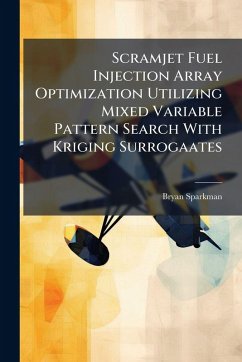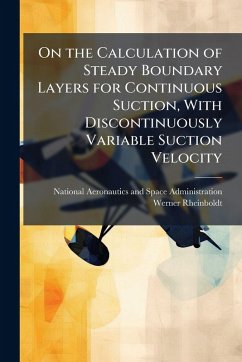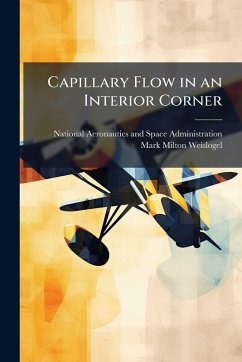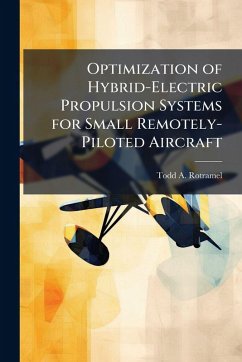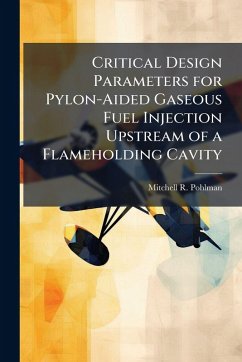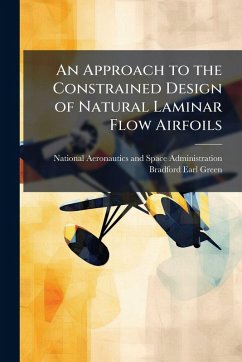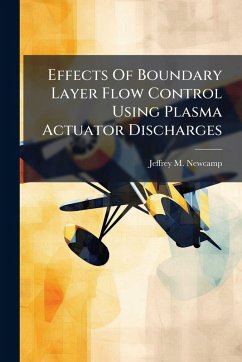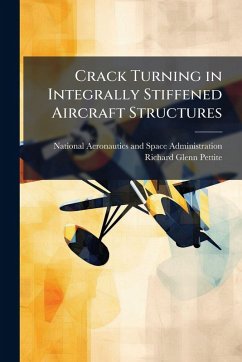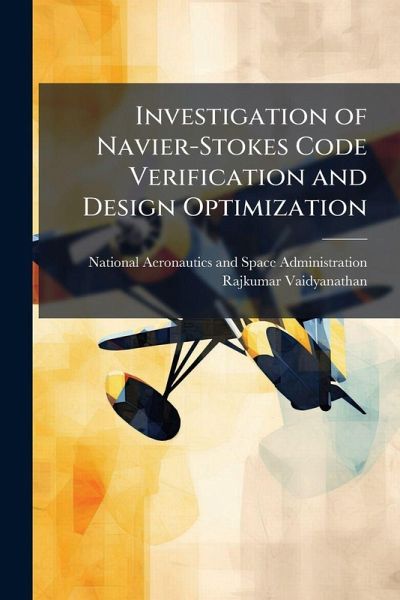
Investigation of Navier-Stokes Code Verification and Design Optimization
Versandkostenfrei!
Versandfertig in über 4 Wochen
17,99 €
inkl. MwSt.
Weitere Ausgaben:

PAYBACK Punkte
9 °P sammeln!
With rapid progress made in employing computational techniques for various complex Navier-Stokes fluid flow problems, design optimization problems traditionally based on empirical formulations and experiments are now being addressed with the aid of computational fluid dynamics (CFD). To be able to carry out an effective CFD-based optimization study, it is essential that the uncertainty and appropriate confidence limits of the CFD solutions be quantified over the chosen design space. The present dissertation investigates the issues related to code verification, surrogate model-based optimizatio...
With rapid progress made in employing computational techniques for various complex Navier-Stokes fluid flow problems, design optimization problems traditionally based on empirical formulations and experiments are now being addressed with the aid of computational fluid dynamics (CFD). To be able to carry out an effective CFD-based optimization study, it is essential that the uncertainty and appropriate confidence limits of the CFD solutions be quantified over the chosen design space. The present dissertation investigates the issues related to code verification, surrogate model-based optimization and sensitivity evaluation. For Navier-Stokes (NS) CFD code verification a least square extrapolation (LSE) method is assessed. This method projects numerically computed NS solutions from multiple, coarser base grids onto a freer grid and improves solution accuracy by minimizing the residual of the discretized NS equations over the projected grid. In this dissertation, the finite volume (FV) formulation is focused on. The interplay between the xi concepts and the outcome of LSE, and the effects of solution gradients and singularities, nonlinear physics, and coupling of flow variables on the effectiveness of LSE are investigated. A CFD-based design optimization of a single element liquid rocket injector is conducted with surrogate models developed using response surface methodology (RSM) based on CFD solutions. The computational model consists of the NS equations, finite rate chemistry, and the k-6 turbulence closure. With the aid of these surrogate models, sensitivity and trade-off analyses are carried out for the injector design whose geometry (hydrogen flow angle, hydrogen and oxygen flow areas and oxygen post tip thickness) is optimized to attain desirable goals in performance (combustion length) and life/survivability (the maximum temperatures on the oxidizer post tip and injector face and a combustion chamber wall temperature). This work has been selected by scholars as being culturally important, and is part of the knowledge base of civilization as we know it. This work was reproduced from the original artifact, and remains as true to the original work as possible. Therefore, you will see the original copyright references, library stamps (as most of these works have been housed in our most important libraries around the world), and other notations in the work. This work is in the public domain in the United States of America, and possibly other nations. Within the United States, you may freely copy and distribute this work, as no entity (individual or corporate) has a copyright on the body of the work. As a reproduction of a historical artifact, this work may contain missing or blurred pages, poor pictures, errant marks, etc. Scholars believe, and we concur, that this work is important enough to be preserved, reproduced, and made generally available to the public. We appreciate your support of the preservation process, and thank you for being an important part of keeping this knowledge alive and relevant.



